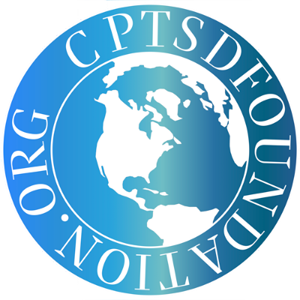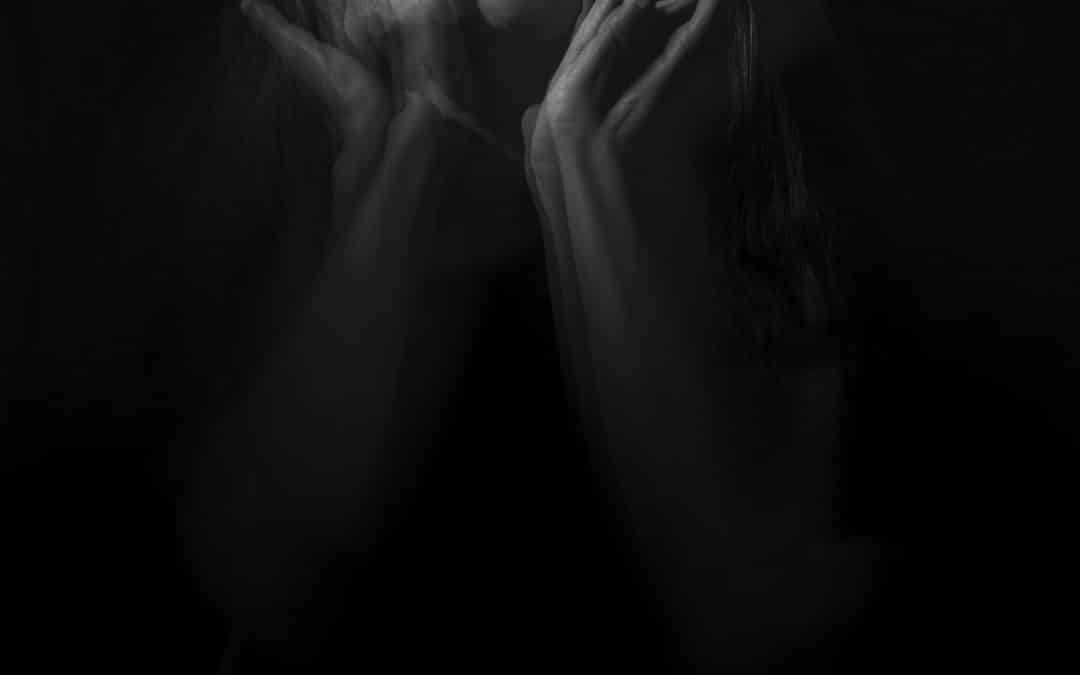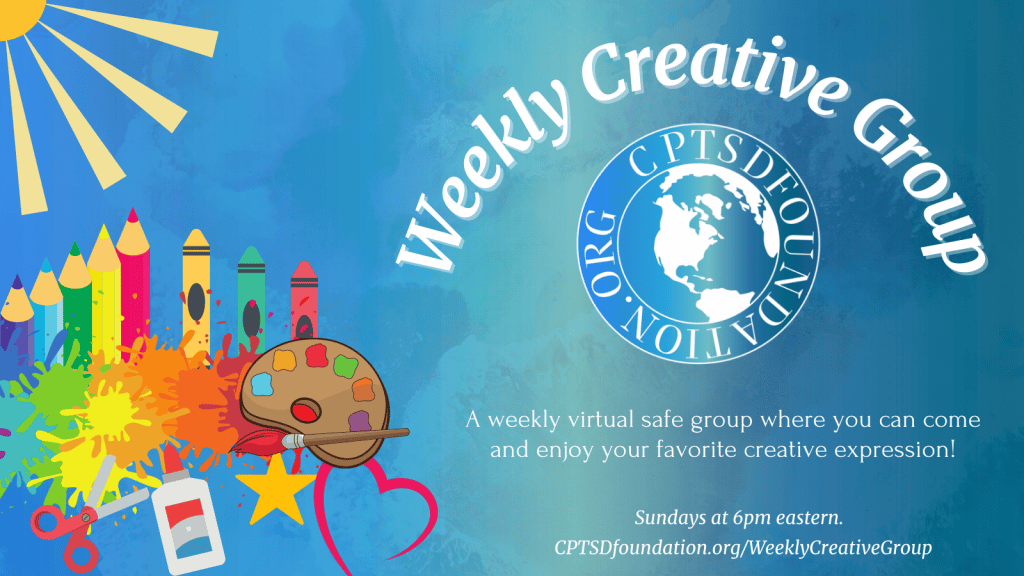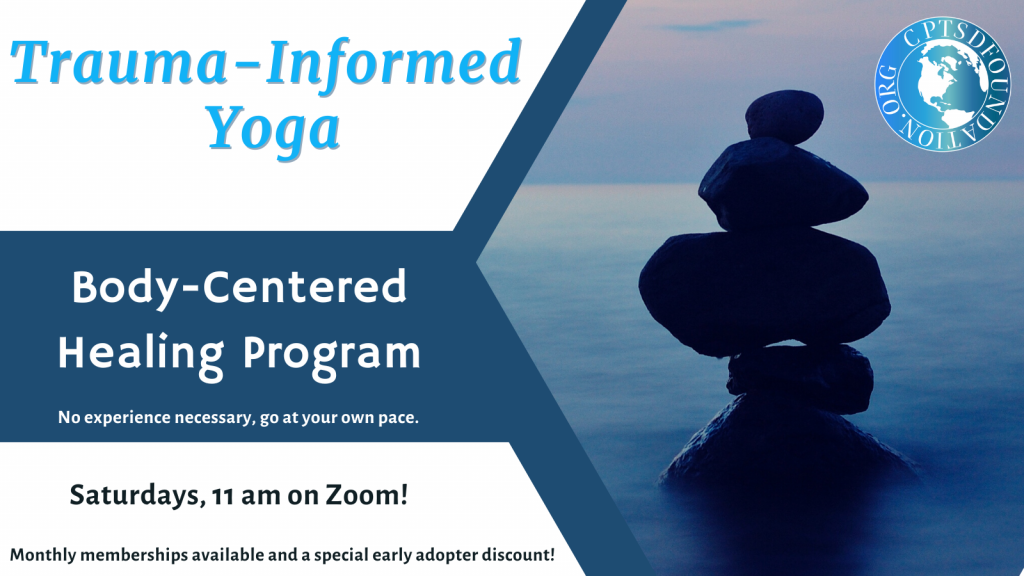The human brain is a wild mix of wiring, chemistry, and memory, running everything from your heartbeat to your deepest thoughts–all while somehow letting you remember the lyrics to songs you haven’t heard in twenty years. Beautifully magnificent… and sometimes, frustratingly mysterious.
It’s a powerhouse of possibility, and it’s also a paradox. It keeps us alive. Helps us create. Love. Imagine. It’s where the best parts of us live–the cleverness, the humor, the wild creativity, the gut instincts, and the empathy.
But it’s also where the trauma lives.
Where the fear lives.
Where the ghosts of what we survived are still pacing the halls.
A Hypervigilant Command Center
If you live with CPTSD, then you know that it’s not just a brain. It’s a hypervigilant command center. Always alert. Always scanning. Always assuming the next bad thing is just around the corner–even when life is calm.
When you walk into a room, you don’t just enter. You calculate. You assess. You map out the exits, read every face, and listen for tone shifts. You don’t even realize you’re doing it; it’s automatic.
Learned from years of needing to be ready, just in case.
Emotional Hijacking: When the Past Invades the Present
Then someone says something. Maybe it’s nothing–a joke, a pause, or a look that lingers a second too long. Boom, your body’s gone tight, your stomach drops, and your thoughts scatter.
Suddenly, you’re back in a memory you never meant to revisit.
Not fully reliving it, but emotionally hijacked by it.
The fear, the shame, the worthlessness.
All of it, flooding in as if it never left.
Ruminating in the Ruins
Your brain starts looping.
Was it me?
Did I mess up again?
Are they mad?
Am I too much? Not enough?
What did I do?
You start ruminating.
You replay the conversation.
You pick apart every word, every silence.
You fill in blanks with worst-case scenarios.
And you don’t even want to be doing it; it just happens.
You know it’s happening. You see it happening.
But knowing doesn’t stop it.
It’s as though your own inner monologue is unraveling you in real time.
And you’re powerless to stop the unraveling.
This Is What CPTSD Can Look Like
Not always flashbacks.
Sometimes, it’s a slow, invisible spiral that pulls you under with nothing dramatic on the surface.
Just a brain quietly trying to protect you… in all the wrong ways.
The Whispered Lies in the Dark
And sometimes, yeah, the thoughts get dark. Not always suicidal. But heavy. Bone-deep exhausted. The kind of dark where you lie in bed and feel like a failure for simply existing.
The kind where your brain whispers:
“You’ll never get better.”
“This is just who you are.”
“People only tolerate you.”
“You’re too much.”
“You’re alone in this.”
And if you’re tired or overwhelmed–or just raw that day–you believe it.
Even though you know it’s the trauma talking.
Even though you’ve done the therapy.
Even though you’ve read the books, taken the meds, and journaled your guts out.
You still believe the lie your brain is screaming at you.
The Hardest Fight: Your Own Mind
That’s what makes healing so hard.
You don’t just fight symptoms.
You fight your own mind.
And it’s not because you’re weak.
It’s because your brain adapted perfectly to survive what happened to you.
It just doesn’t know you’re safe now.
It doesn’t know the war ended years ago.
What I’m Holding Onto
But here’s the part I’m learning, what I try to hold onto when it all feels too much: This brain, this chaotic, overworked, trauma-stamped brain of mine… It’s still trying and still showing up and still learning.
It laughs.
It makes art.
It remembers weird 90s trivia.
It falls in love.
It gets back up, even when it swears it’s done.
It is, somehow, still mine, and still beautiful.
Not because it’s perfect.
But because it keeps going.
Tender. Tired. Trying.
Beautifully magnificent. And also:
Tender.
Tired.
Trying.
Maybe that’s the point. Healing doesn’t erase the trauma. It means we learn how to live with a brain that’s been through hell, and that we choose, every day, to love it anyway.
Photo by Camila Quintero Franco on Unsplash
Guest Post Disclaimer: Any and all information shared in this guest blog post is intended for educational and informational purposes only. Nothing in this blog post, nor any content on CPTSDfoundation.org, is a supplement for or supersedes the relationship and direction of your medical or mental health providers. Thoughts, ideas, or opinions expressed by the writer of this guest blog post do not necessarily reflect those of CPTSD Foundation. For more information, see our Privacy Policy and Full Disclaimer.

Born and raised in Boston, Jack Brody has called New York City home for over 30 years. He’s a proud father to a teenage daughter, a survivor of childhood abuse, and someone who knows firsthand what it means to live with Complex PTSD.
Diagnosed six years ago, Jack has been on a deep healing journey, one marked by therapy, growth, hard truths, and unexpected resilience. As a men’s mental health advocate, he shares his story to remind others that they’re not broken, not alone, and never beyond hope.
Whether through his writing, podcast, or quiet conversations with fellow survivors, Jack’s mission is simple: to speak honestly about the hard stuff, and to show that healing out loud is not only possible, it’s powerful.





With tears in my eyes after reading this….i know I’m not alone. Someone else knows that pain. Fear and loneliness. Even in a room with 100 people. It’s a silent pain for sure. One we keep so hidden because we know how worthless and such a burden for me to waste my breath even trying to explain. Just wow. Never have I read something that resonated so strongly. I was actually seeing me. Thank you. You are a very talented and gifted soul.
Thank you for sharing this with me. I know how much courage it takes to even put words to that kind of pain. You’re absolutely not alone, not in feeling it, and not in carrying it quietly.
I spent a long time believing my pain made me a burden too, but it’s not true. The fact that you’re still here, still reaching out, still seeing yourself in someone else’s story, that’s strength.
I’m honored that my words met you where you are. If nothing else, let this be proof that there are people out here who understand, even if we’ve had to hide it for a long time. You deserve to be heard.
Perfectly described. You just put into words what I have been trying to explain to others for years. Thank you for showing up and sharing.
Thank you. It really means a lot to hear that, it’s exactly why I share. I’m glad it resonated with you
This is so impactful. I have kept this to look back on for days when I really feel like I want to give up. Thank you.
That means so much to hear. I’m really glad my words could be something you hold onto on the harder days. You’re not alone in this, keep going, even when it feels heavy. You’ve got this!